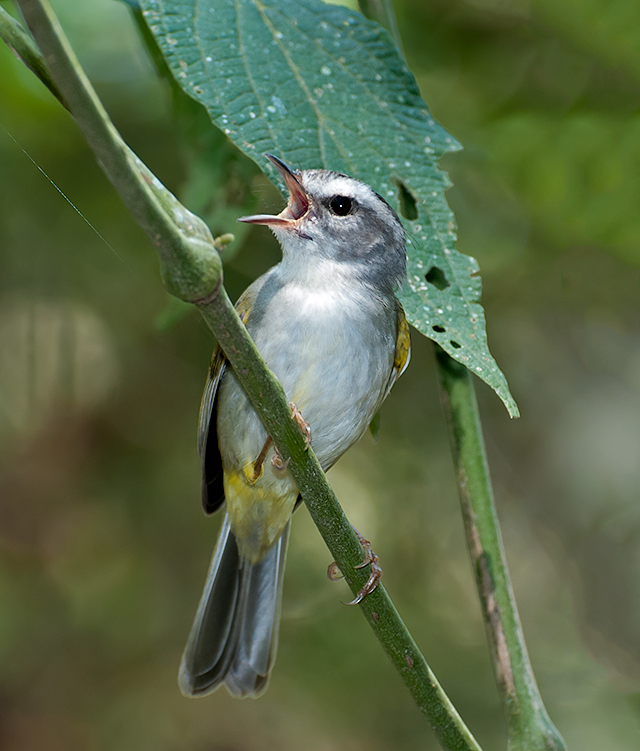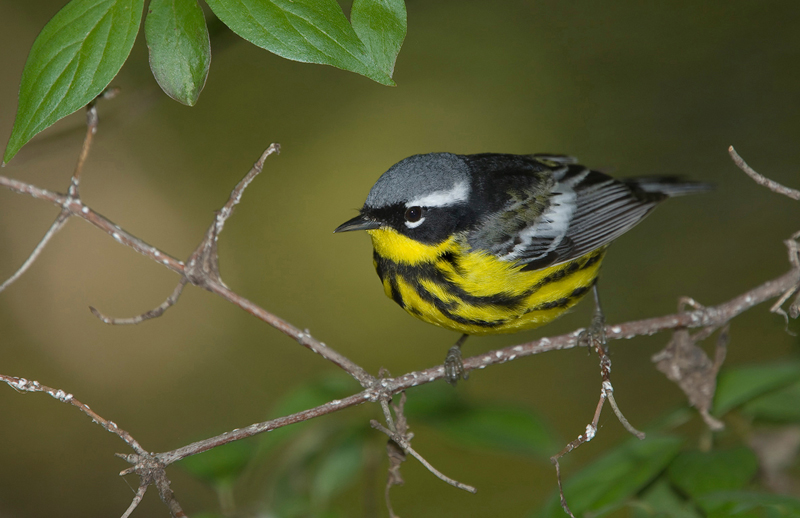
Most members of this family are insectivores. Most are arboreal, but some like are more terrestrial. Green-tailed Warbler, Yellow-breasted Chat, and White-winged Warbler are other species where there have been questions as to whether they should be considered as warblers or tanagers.The New World warblers are a group of small often colourful passerine birds restricted to the New World.Currently, the conebills are normally placed in Thraupidae and the Bananaquit in its own family. The New World warblers are closely related to the tanagers, and some species like the conebills Conirostrum and the Bananaquit have been placed into either group by different authorities.There are a number of issues in the taxonomy and systematics of the Parulidae. Most are arboreal, but some, like the ovenbird and the two waterthrushes, are. Enter an optional name and contact email address. They are not closely related to Old World warblers or to Australian warblers. Skogssångare Parulidae :: Yellow Warbler :::: Masked Yellowthroat :: comment share Type your message and click Add Comment: It is best to login or register first but you may post as a guest. The family name, of course, derives from that genus. Keyword search for new world warbler or new world warblers Male blackpoll warbler perched on Mexican olive, USA Pine warbler male perched in blossoming peach. The Parulidae or New World warblers (sometimes wood-warblers) are a family of small, often colourful, passerines, which are restricted to the New World. WikiMatrix Discovered in 1968 and described in 1972, it is the most recently described species of New World warbler (family Parulidae).

The scientific name for the family, Parulidae, originates from the fact that Linnaeus in 1758 named the Northern Parula as a tit, Parus americanus, and, as taxonomy developed, the genus name was modified first to Parulus and then the current Parula. Recent DNA analysis shows that Ergaticus falls comfortably within the New World warbler clade, along with 18 other genera. In contrast, two eggs is typical for many tropical species, since the chicks can be provided with better care, and the adults are likely to have further opportunities for reproduction. The migratory species tend to lay larger clutches of eggs, typically up to six, since the hazards of their journeys mean that many individuals will have only one chance to breed. Since this may not be parulid, the Parkesia waterthrushes, the Ovenbird, the Russet-crowned Warbler and Semper's Warbler, all of which can exceed 15 cm (6 in) and 21 grams, could be considered the largest. Traditionally, it was listed as Yellow-breasted Chat, at 18.2 cm (7.2 in).

The largest species depends upon the true taxonomy of the family. The smallest species is the Lucy's Warbler ( Oreothlypis luciae), at about 6.5 grams and 10.6 cm (4.2 in). The Granatellus chats also show sexual dimorphism, but due to recent genetic work have been moved into the family Cardinalidae (New World buntings and cardinals).Īll the warblers are fairly small. The Parkesia waterthrushes and Ovenbird are strongly migratory, but have identical male and female plumage, whereas the mainly tropical and sedentary yellowthroats are dimorphic.

In contrast, resident tropical species, which pair for life, show little if any sexual dimorphism. This tendency is particularly marked in the large genus Dendroica. Many migratory species, particularly those breeding further north, have distinctive male plumage at least in the breeding season, since males need to reclaim territory and advertise for mates each year. AOS Advances in Avian Diet: Methods and Applications, Part 3. Two genera, Myioborus and Basileuterus seem to have colonised South America early, perhaps before the two continents were linked, and provide most warbler species of that region.

From thence they spread north during the interglacial periods, mainly as migrants, returning to the ancestral region in winter. It is likely that this group originated in northern Central America, which remains with the greatest diversity and numbers of species. Huge collection, amazing choice, 100+ million high quality, affordable RF and RM images. Most members of this family are insectivores. Find the perfect new world warblers stock photo. Most are arboreal, but some, like the Ovenbird and the two waterthrushes, are more terrestrial. They are not related to the Old World warblers (Sylviidae) or the Australian warblers. The New World warblers or wood-warblers are a group of small, often colorful, passerine birds restricted to the New World.


 0 kommentar(er)
0 kommentar(er)
